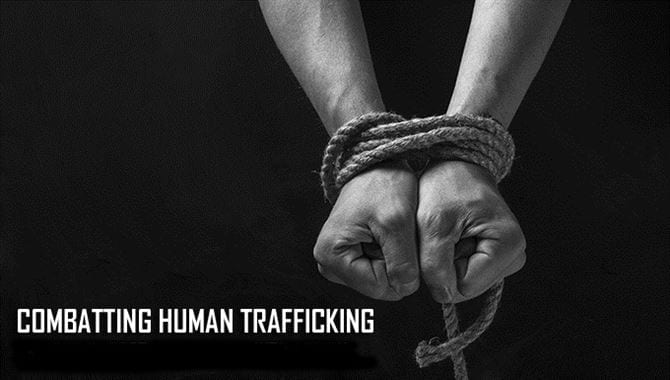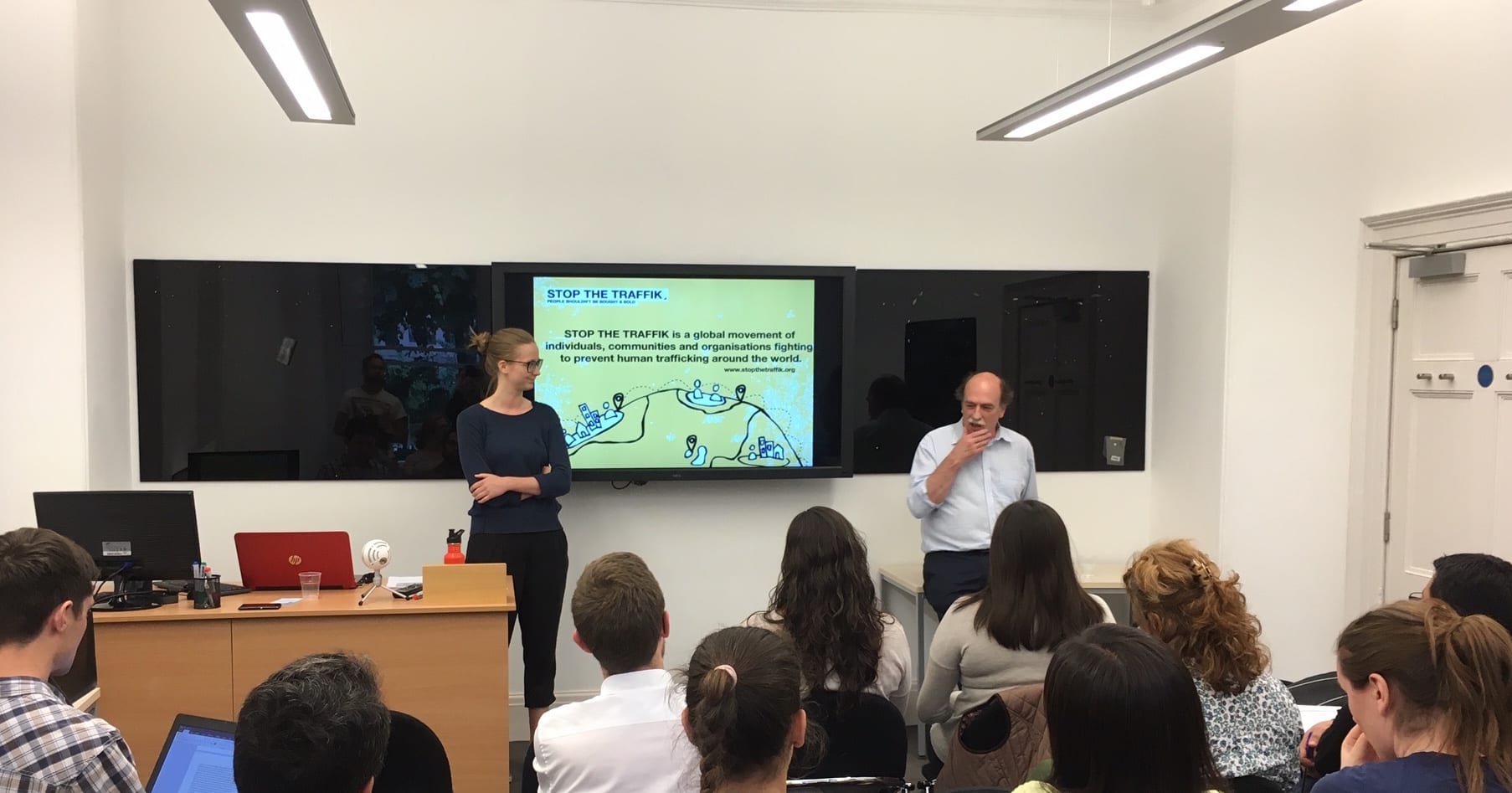On The Question of Human Rights Abuses Perpetrated by the Mafia in Italy
By uctzrec, on 25 April 2017
The Italian Mafia and other criminal organizations prove a direct threat to the upholding of universal human rights and are fundamentally opposed to any pacific societal order. These organizations have committed serious human rights violations such as routinely engaging in human trafficking operations. As criminal associations constitute a very real issue for the Italian state, the government should take effective and constructive steps towards reducing opportunities for crime and increasing risks for criminals.
Human trafficking and forced labor are important sources of income for the Mafia and criminal organizations. The problem has only worsened over the past several years due to a notable increase in immigration to Europe from African and Middle Eastern states (Bommes, Fassmann, and Sievers, 2014). Out of the 900,000 immigrants that arrived in Europe after traveling through the Mediterranean Sea, circa 180,000 arrived in Italy (Il Post, 2015). Given these geopolitical events, Italy is now ‘the final destination’ (Campana, 2016) for human traffickers and enslavers. However, the issue then becomes local, as the ‘involvement [of traffickers] may also extend to control of victims during the exploitation stage’ (Campana, 2016).
Traffickers transport women for sex work in Italy and arrange transfers with local ‘madams’ or brothel managers. The traffickers do not receive payment for the actual sex worker, rather they are paid for the transportation of the individual. Conversations that the Italian government collected as signals intelligence provide evidence of this process. During a recording, a trafficker instructs a colleague that the madam ‘has to pay first’ and to not allow her to see the girl (TrNA 2009). He states ‘you have to get the money first’ (TrNA, 2009).
This exchange is indicative of the regular human trafficking that both global and local mafia groups conduct in Italy. While the problem is extensive, there are solutions that will lessen its effects. Situational crime prevention (SCP) theory provides several concrete responses. SCP assesses the ‘opportunities that specific situations offer for crime’ and includes 25 techniques that can be used to remove environmental precursors for crime (Popcenter.org, 2017). Clarke (1980) created techniques to remove the benefits of crime and to increase the risks associated with committing a crime.
Campana and Mancuso, two Italian scholars, have provided information on human trafficking from Nigeria across several international borders to Italy. Mancuso et al., used a crime script to map the exact criminal process of human trafficking (Savona et al., 2014). This approach is important because it gives specific information about the criminal process based on strong empirical evidence.
Mancuso et al., illustrates the process by providing a detailed crime script of human trafficking from Nigeria to Italy (2014). They state that the transportation process occurred by bus, car, and plane and in the Nigerian case, victims arrived in Campobasso. If the victims travel by plane or bus, they will do so alone whilst ‘following the orders of traffickers’. Once in Italy, the victims are picked up at stations by an associate and brought to a ‘safe house’. These steps allow security forces and law enforcement agencies to create specific and real world solutions to the problem.
Mancuso et al., identify that trafficking ‘requires negotiating a number of checks’ (Savona et al., 2014). These organizations use ‘corruption to obtain forged documents’ and to cross borders. Therefore, creating situational crime prevention measures to reduce the availability of forged documents would create disincentives. This could be accomplished by ‘improving technical instruments to reduce… forgery’ such as biometric measures and ‘improving the controls where documents are stored’ (Savona et al., 2014). These are examples of increasing the risks under the 25 Techniques framework (Popcenter.org, 2017). Furthermore, the authors state that airline companies and officials should acknowledge ‘that their negligence could favor criminal activities’ (Savona et al., 2014). This last measure would remove excuses, an important component of situational crime prevention (Popcenter.org, 2017).
The issue of human trafficking in Italy by mafia groups is troubling and extremely damaging, causing psychological and physical harm to thousands of victims. However, through crime science measures, such as situational crime prevention theory and the use of crime scripts, law enforcement agencies, and security services can make real and effective progress in deterring criminal groups. The Italian government must cooperate with international partners such as EUROPOL and other EU governments to strengthen border controls and to identify victims before they are passed into sex work.
Bibliography:
Bommes, M., Fassmann, H. and Sievers, W. ed., (2014). Migration from the Middle East and North Africa to Europe: Past Developments, Current Status, and Future Potentials. 1st ed. Amsterdam, Netherlands: Amsterdam University Press.
Clarke, R. (1980). ‘Situational’ Crime Prevention: Theory and Practice. British Journal of Criminology, [online] 20(2). Available at: https://academic.oup.com/bjc/article/20/2/136/356435/SITUATIONAL-CRIME-PREVENTION-THEORY-AND-PRACTICE.
Il Post. (2015). La tratta di donne dalla Nigeria all’Italia – Il Post. [online] Available at: http://www.ilpost.it/2015/12/08/tratta-donne-prostituzione-nigeria-italia/ [Accessed 24 Apr. 2017].
Popcenter.org. (2017). Center for Problem-Oriented Policing | About CPOP. [online] Available at: http://www.popcenter.org/about/?p=situational [Accessed 24 Apr. 2017].
Savona, E.U., Giommoni, L. and Mancuso, M., 2014. Human trafficking for sexual exploitation in Italy. Cognition and crime. Offender decision making and script analyses, pp.140-163.
TrNA. (2009), Tribunale di Napoli. Ordinanza di Applicazione Misure Cautelari, N. 164/096
I am an American/Italian MSc student reading for a degree in Countering Organized Crime and Terrorism at the Jill Dando Institute. I like to think/write about the crime-terror nexus, organized crime in Italy and art crime. Contact: LinkedIn
The views expressed in this blog post are the author’s own and do not necessarily represent the views of UCL, the Department of Security and Crime Science or the UCL Organised Crime Research Network.
 Close
Close







